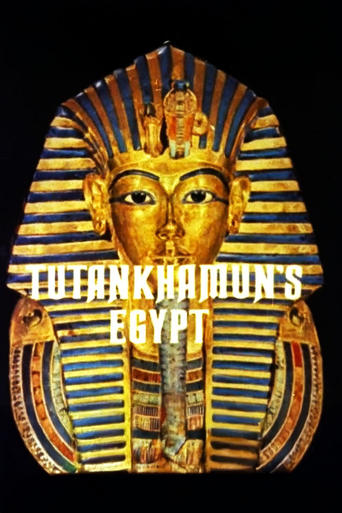Trending Searches:
Popular Movies:

Documentary series written by Cyril Aldred exploring the mysterious and remote culture during the time of Tutankhamun, Egypt's boy king.
... View MoreThe movie is currently not available onine
BBC Two